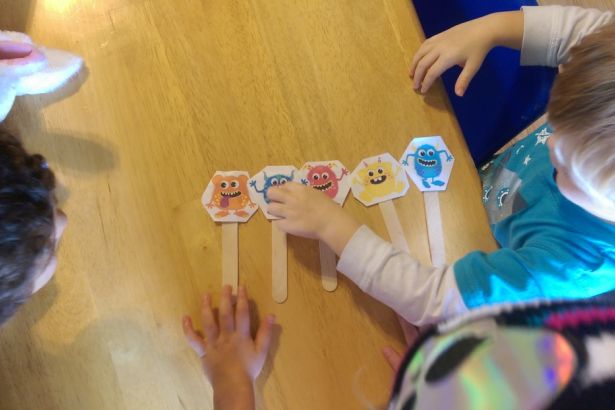2016 report on child abuse, violence and refugee children

"The Report on Child Abuse" prepared by the Prevention of Violence and Rehabilitation Organization and Prevention of Violence Center ASUMA at Acıbadem University has revealed quite striking data regarding the dimensions of child abuse.
CHILD ABUSE HAS INCREASED BY 90 PERCENT
Harassment or violence against children over the past four years has increased by 90 percent all over the world, according to the figures given in the report. Only 5 percent of those who abuse children are uncovered, while 95 percent remain anonymous.
One of the 4 rape cases in the courts is related to children. 650 cases regarding child abuses are appealed to the Forensic Medicine Institute every month, according to the Ministry of Justice’s 2014 data.
It is also written in the report that the court reduces the punishment due to ‘‘premature ejaculation’’ of the person who abused the children with 50% mental disabilities. In addition to this, the court still continues to implement ‘‘good conduct abatement’’ for child abusers, while a child who has been sent to medical examination for five times is traumatised.
THE OTHER SIDE OF THE ABUSE: "CHILD ABUSE THROUGH MARRIAGE"
Over 700 million girls in the world are reported to have married before 18, according to UNICEF’s data in 2014. One-third of this number or approximately 250 million ones are the girls who were married before 15 years old. According to data in 2015, the proportion of the girls who got married off at their 15 is 3%, while the proportion of the girls married at 18 is 14%. UNICEF reports indicate that 70,000 girls lose their lives due to pregnancy or birth each year.
More than 140 million girls will be married between 2011-2020, and 50 million ones of these girls will be under 15 years old, according to the World Health Organization’s 2013 data. The United Nations Population Fund (UNFPA) states in its ‘‘State of World Population Report’’ in 2014 that 91,000 girls become mothers every year. UNFPA reports also indicate that there are children who are married off at their eight in developing countries, while it is predicted that 13,5 million girls will be married off before 18 every year in the next 10 years.
TURKEY IS IN THE FIRST PLACE IN CHILD ABUSE THROUGH MARRIAGE
According to Turkish Statistical Institute (TÜİK) data, the proportion of the child abuse through marriage in all marriages in Turkey is 28%-35%. With this proportion, Turkey is in the first place in child abuse through marriage among the European countries, and this number cannot be exactly determined due to religious marriages.
REFUGEE CHILDREN
There are a total of 642,867 registered Syrian refugees in Turkey, according to UNICEF data. 34% of these refugees live in camps, and 66% of them are out of the camps. 53% (341,362) of these registered refugees are children. In addition to these, there are assumedly 150,000 unregistered Syrian citizens living in Turkey.
According to recent estimates, 20% of school-aged children in the camps and 74% of children refugees living outside the camps do not go to school.
In all districts where refugees are densely populated particularly in the metropolitans, refugee children are pushed into mendicancy, pick-pocketing or forced to sell handkerchief.
PEOPLE WHO WERE HARASSED IN THEIR CHILDHOOD…
According to a report on ‘negative childhood experiences of university students in Turkey’ prepared by the World Health Organization and Ankara University, 8,7% of male students and 7,2% of female students were sexually abused in their childhood.
The report shows that half of the participants have nervous strain and panic attack problems. The participants who were harassed in their childhood more suffer from particular problems such as crying spells, depression, uncontrolled anger, high levels of stress, irritability and the difficulty in refusing to do something. The risk of suffering from emotional problems becomes 6-8 times higher than the other young people in the youth having negative experiences during the childhood.



